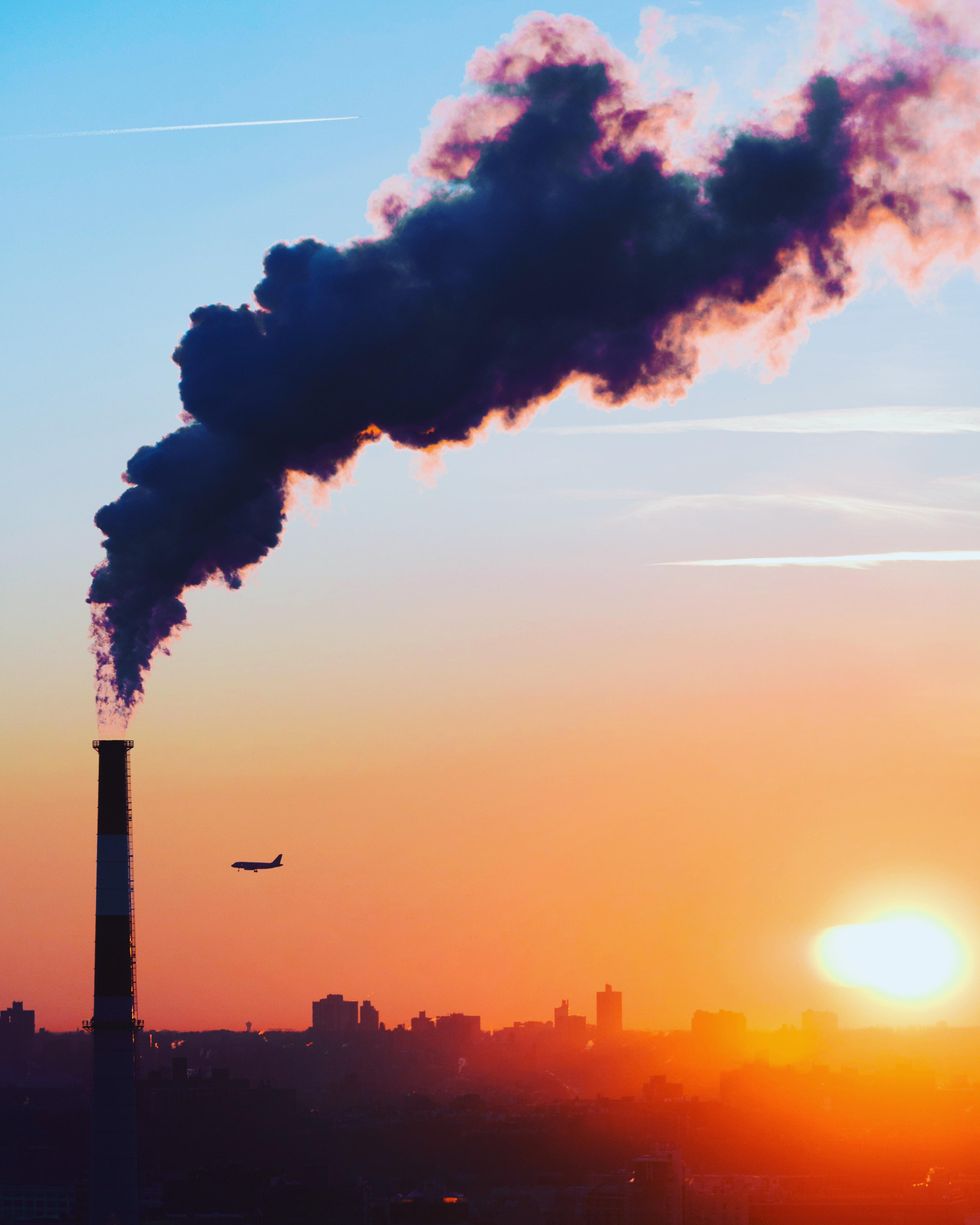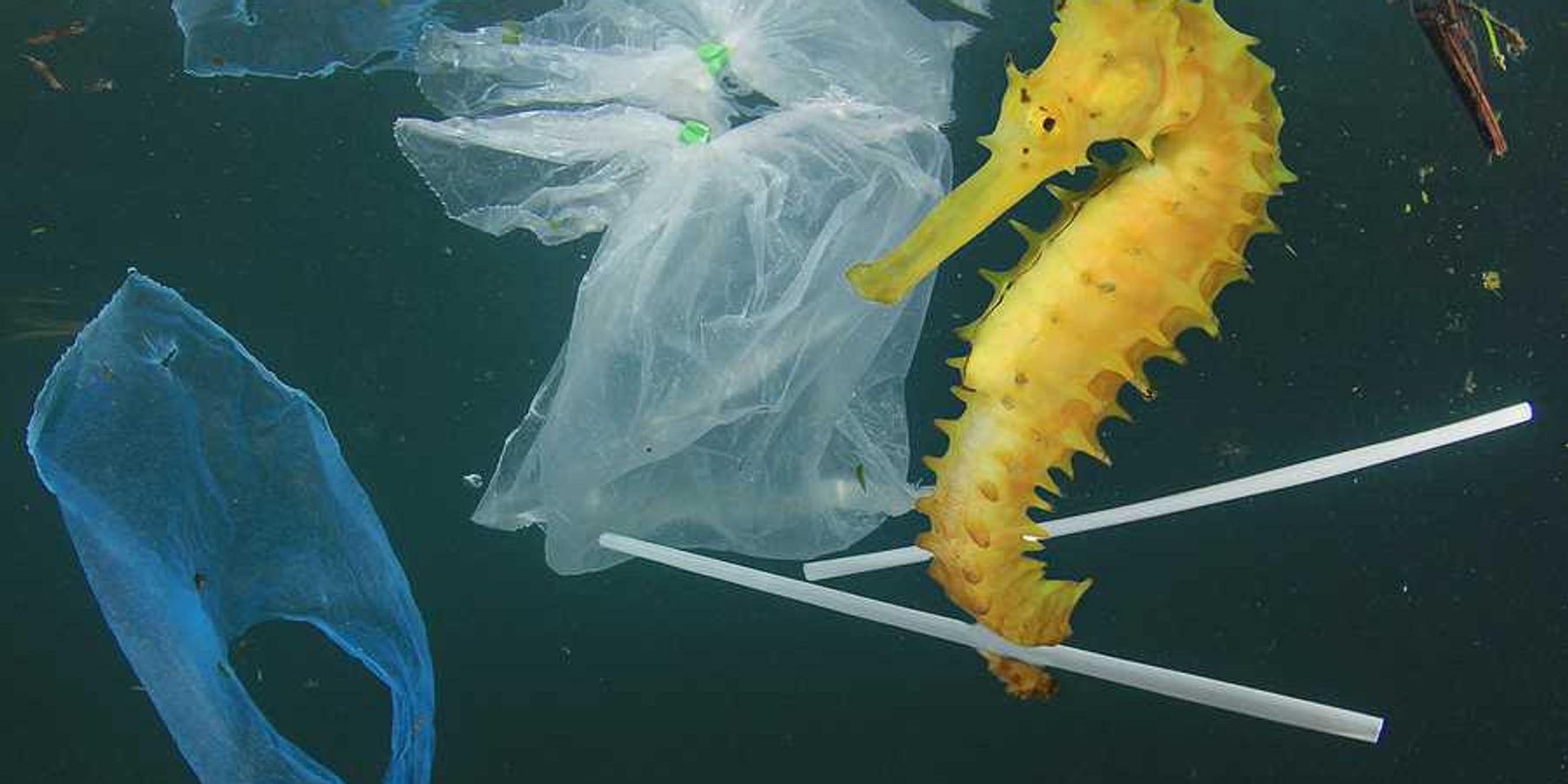pittsburgh air pollution
For low-income Pittsburgh, clean air remains an elusive goal
Once known as the “City of Smoke,” Pittsburgh has come a long way since the days when filthy air turned downtown streets dark at mid-day. But in struggling communities near the remaining steel plants, high levels of air pollution persist.
Pittsburgh's air was unhealthy to breathe for 57 days in 2020
"Even a single day of unhealthy air is unacceptable. When we're seeing nearly two months of unhealthy air, that's a huge problem."
PITTSBURGH—Air pollution in Pittsburgh reached unhealthy levels for 57 days—or nearly two months—in 2020, according to a new report.
The report, published today by environmental and public interest advocacy groups Environment America, U.S. Public Interest Research Group (PIRG), and Frontier Group, tallied days that exceeded federal guidelines for ozone or particulate matter pollution in urban and rural areas across the U.S.
Ozone and particulate matter pollution can trigger a host of respiratory and heart issues including heart attacks, asthma, and chronic obstructive pulmonary disease (COPD). Particulate matter pollution is also linked to cancer, premature births, and autism. The Pittsburgh region has higher than average rates of asthma and certain types of cancer linked to air pollution.
Most of the region's air pollution comes from traffic and a handful of industrial polluters.
"We found that unhealthy air pollution continues to be a problem for millions of Pennsylvanians across the Commonwealth," Zachary Barber, a clean air advocate with PennEnvironment, the Pennsylvania chapter of Environment America, told EHN. "Here in southwest Pennsylvania, many people are experiencing one or more days of unhealthy air quality every week."
"For parents of kids with asthma, these were all days they had to be concerned about their kids being able to walk to school and play on the playground without having an asthma attack," he added.
Not just an urban problem

The report found widespread exposure to unhealthy levels of air pollution across the country. It estimates that 237.6 million Americans—more than 70% of the population—were exposed to more than a month of unhealthy air days in 2020.
While it's somewhat expected for large urban areas to have air pollution problems, the report also highlighted poor air quality in smaller cities and rural areas across the country and in Pennsylvania.
In western Pennsylvania, Altoona, Johnstown, Erie, and Indiana were among the small towns and cities with more than 25 unhealthy air days in 2020. Johnstown, a former steel town with a population of around 120,000, saw 57 unhealthy air quality days in 2020—the same number as Pittsburgh, which has a population of around 302,000.
Some smaller cities and rural areas in the eastern part of the state had trouble with unhealthy air, too: Lancaster, Pennsylvania saw 107 unhealthy air days in 2020—the highest number seen in any region in the state.
"Our report shows that air pollution continues to be a problem across urban, suburban, and rural communities in Pennsylvania, which speaks to the importance of acting now to tackle this problem," Barber said.
Air pollution solutions

Credit: Thijs Stoop/Unsplash
The report is published annually, but does not draw comparisons between air quality in 2020 versus previous years due to changes in the way the data is reported and analyzed, Barber said.
Other studies have indicated that after several decades of improvement, air quality in many parts of the U.S. is declining. Some regions saw small improvements in air quality during the shutdowns caused by the COVID-19 pandemic, but those improvements didn't last.
Meanwhile, emerging scientific research increasingly suggests that even when air pollution levels stay below current legal thresholds, long term exposure still leads to increased rates of disease and premature death.
Pittsburgh's air quality has shown some improvements in recent years, but it still recently received an "F" grade from the American Lung Association.
The U.S. Environmental Protection Agency (EPA) is currently considering strengthening national standards for particulate matter. In 2019, the agency published a scientific report estimating that current air standards for the pollutant are associated with 45,000 deaths per year, and that tightening them even slightly could reduce that number by 27%, saving around 12,150 American lives each year.
The EPA expected to propose the new air pollution rules by the summer of 2022 and finalize them by the spring of 2023. If that happens, Barber said, the Pittsburgh region will likely see significant improvements to its air quality.
"Here in Pittsburgh we're often hovering right on the edge of those standards, so this could have a big impact," Barber said. "Instead of making incremental changes like we've been doing, it would require us to take big steps to significantly reduce long-term emissions from vehicles and the region's big industrial polluters."
At the state level, clean air advocates are urging lawmakers to join the Regional Greenhouse Gas Initiative, supporting a transition away from fossil fuels toward renewable energy and supporting low-emission transportation initiatives.
"There are lots of options for solutions," Barber said. "But we need to act quickly. We know that climate change will bring hotter summers and more wildfires. These problems will continue to get worse unless we act to tackle them now."
Banner photo: Mladen Borisov/Unsplash
Cooler forecast will produce better air quality
State of the Air report once again ranks Pittsburgh as one of the worst. What to do?
The recent emphasis on public health and respiratory diseases may have people paying more attention to unhealthy air.
Pittsburgh's air quality gets failing grade -- again
Air quality is improving but American Lung Association report still ranks Allegheny County and tri-state region air among nation's worst.
Pittsburgh's air was unsafe to breathe for 3 months in 2018
"There's at least one day a week where just breathing the air in Pittsburgh while you're just going about your day puts your health at risk"
PITTSBURGH—The air in Pittsburgh was unsafe to breathe for three months in 2018, according to a new report from the PennEnvironment Research and Policy Center.
The study, published today, looks at national air quality data from 2018 in both urban and rural regions. There were 90 days in which half or more air monitoring locations reported levels of particulate matter or ozone pollution above levels that pose "little to no risk" to human health according to the U.S. Environmental Protection Agency (EPA).
Ozone and particulate matter pollution can trigger a host of respiratory and heart issues including heart attacks, asthma and COPD. Particulate matter pollution has also been linked to cancer, premature births and heightened risk of autism. The Pittsburgh region has higher than average rates of asthma and certain types of cancer linked to air pollution.
"Having 90 days of unhealthy air means there's at least one day a week where just breathing the air in Pittsburgh while you're just going about your day puts your health at risk," Zachary Barber, a Pittsburgh-based clean air advocate with PennEnvironment, told EHN. "That is completely unacceptable."
The greater Pittsburgh region also scored all F's on the American Lung Association's air quality report card for 2018, and the region had some of the stinkiest and most polluted air in the country at the end of 2019. Previous research has shown that traffic and industrial emissions are the region's largest sources of air pollution.
Some modest regional improvement

Flickr/ctj71081
While having unsafe air for a quarter of the year poses serious threats to public health, this report does point to some improvements: The organization's last report on national air quality, which came out in 2018 and looked at 2016 data, found that Pittsburgh had 121 days of unsafe air—so the region had 31 days of cleaner air this time around.
In 2018, Pittsburgh had 39 days in which half or more monitoring locations reported elevated levels of ozone pollution and 72 days with elevated levels of particulate matter pollution, according to the report. In 2016, there were 46 days with elevated ozone pollution and 97 days with elevated particulate matter pollution.
"It's hard to draw an overarching trend from just two years of data on unhealthy air days," Barber said. "We do know that in general over the past several decades, the trend has been toward improvements in air quality, though it has often been a little slower in Pittsburgh than the rest of the country."
National numbers worsen

Air quality remains a problem in much of the U.S. According to the report, 108 million Americans lived in areas that experienced more than 100 days of degraded air quality in 2018, and another 157 million Americans saw at least 31 days—a month or more—of elevated ozone and/or particulate matter pollution, including Pittsburghers.
Nationally, air pollution actually got worse from 2016 to 2018 after seven years of steady improvement, and the United States saw 9,700 premature deaths as a result of air pollution in 2018, according to researchers at Carnegie Mellon University.
The PennEnvironment report also notes that levels of air pollution that meet current federal air quality standards can still be harmful to health, especially with prolonged exposure. Research shows increased numbers of premature deaths in people exposed to pollution at levels the EPA considers "good" or "moderate," and current federal standards are less stringent than those recommended by the World Health Organization.
"Just because we're seeing some improvement," Barber said, "that doesn't mean we can sit back and rest on our laurels. There's a lot of hard work that needs to be done to clean up the air in the region to protect our health, especially when it comes to curbing industrial pollution."
Pittsburgh: Air quality protest leads to tension in Board of Health meeting
At the heart of the debate Friday between air quality advocates and regulators: How fast can the Pittsburgh region clean up its air?











